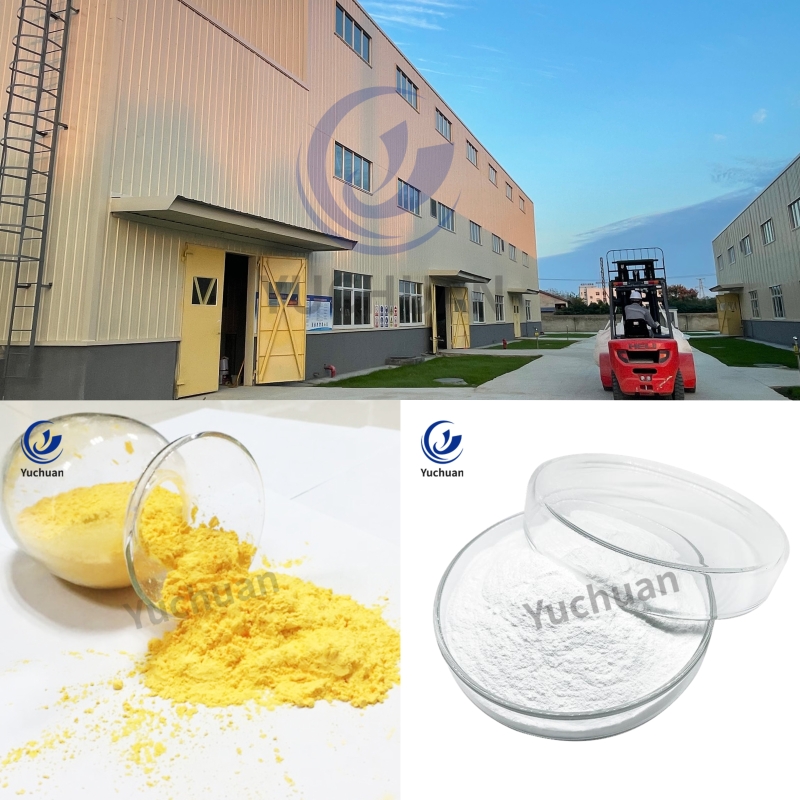-
Categories
-
Pharmaceutical Intermediates
-
Active Pharmaceutical Ingredients
-
Food Additives
- Industrial Coatings
- Agrochemicals
- Dyes and Pigments
- Surfactant
- Flavors and Fragrances
- Chemical Reagents
- Catalyst and Auxiliary
- Natural Products
- Inorganic Chemistry
-
Organic Chemistry
-
Biochemical Engineering
- Analytical Chemistry
-
Cosmetic Ingredient
- Water Treatment Chemical
-
Pharmaceutical Intermediates
Promotion
ECHEMI Mall
Wholesale
Weekly Price
Exhibition
News
-
Trade Service
While many wouldn't think a tree could be broken down into something malleable enough to make padding for shoes or car seat pads, a research team from Clemson University's Department of Automotive Engineering has done just that
.
According to the university, the team used a wood processing waste product called lignin to create the foam
.
The foam has been in development for four years and a patent was filed in 2020
.
This year, the team won the Green Chemistry Challenge Award from the U.
S.
Environmental Protection Agency
.
This has led to interest in the foam from companies from the automotive, footwear and packaging industries
.
Srikanth Pilla said: “Our aim was to create a polyurethane foam using lignin, but using a method different from what others have done, making it the most sustainable, and having a composition of 100 confirmed by radiocarbon analysis testing %
Biobased.
Pilla is a professor of automotive engineering and leader of the research group
.
"This result is what wins this award
.
Making NIPU foam is truly amazing green chemistry
," says Pilla
.
NIPU foam refers to foam created from lignin
.
Invented by the team, it stands for non-isocyanate polyurethane because no isocyanate is used to make the foam
.
Isocyanates are commonly used to create similar foams, according to the university
.
Exposure to isocyanates can cause irritation and breathing problems
.
Isocyanates have a strong irritating effect on the mucous membranes of the eyes, digestive system and respiratory system
.
The lignin came into the lab as a brown powder, but after a process involving several chemical reactions and solutions, it took about three days for the lignin mixture to foam
.
As the leader of the project, Pilla said, he got a lot of credit for the bubble, but he says it was the team that got them to where they are now
.







